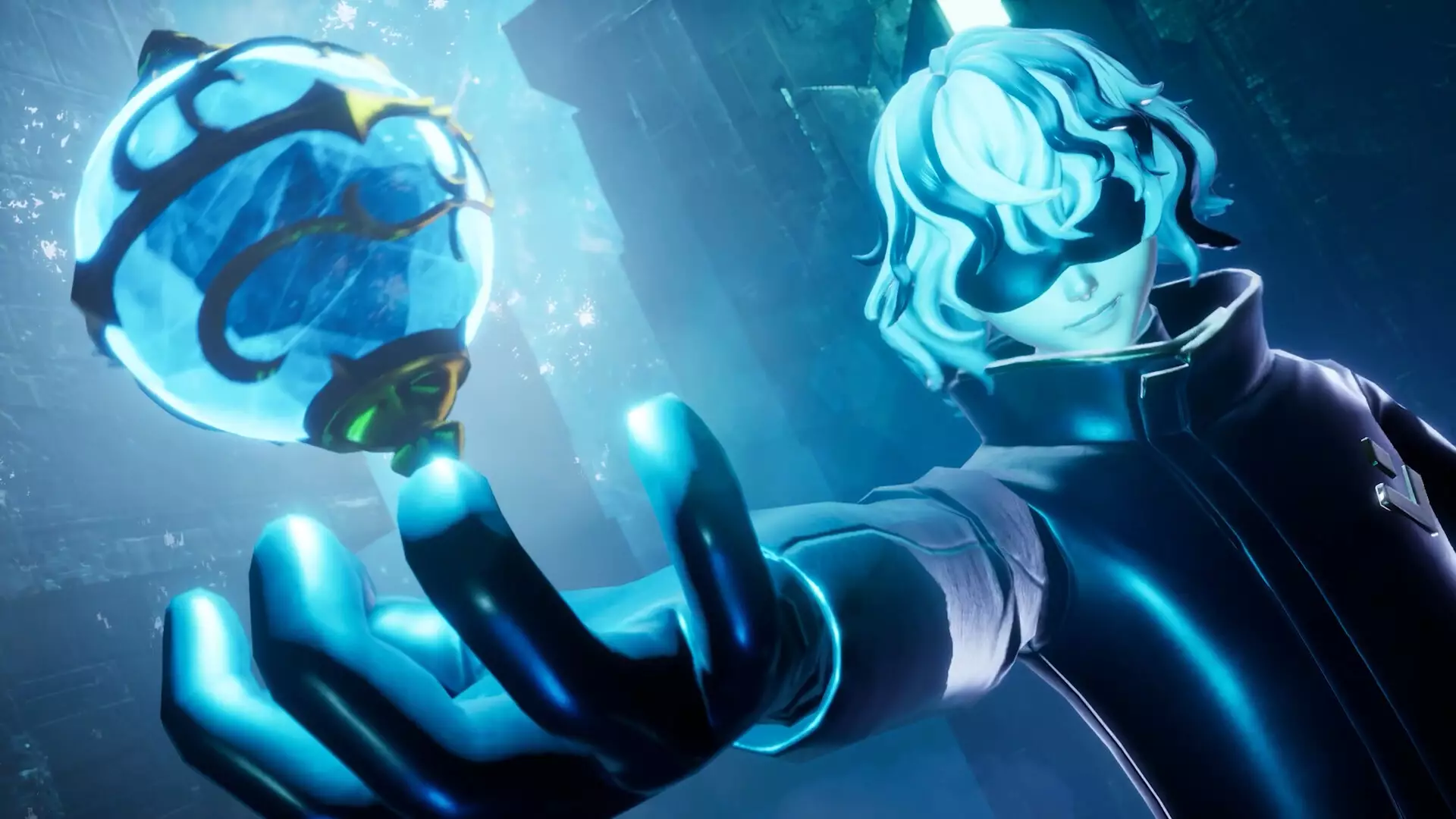In today’s fast-paced digital era, the expectations surrounding game content release are often skewed. Players immerse themselves in dynamic worlds like Helldivers 2 and Palworld, celebrating their newfound adventures with excitement. Yet, shortly thereafter, a palpable craving for new thrills erupts. John Buckley, community and publishing manager for Palworld, emphasizes a common misconception: the timeline of content creation is not just a minor inconvenience but a formidable hurdle. Many players, driven by the addictive whirl of continuous gameplay, wrongly assume that instant updates should be feasible across all games. The stark realization that creating significant new content can take six months, or longer, is a bitter pill for some to swallow.
This unrealistic expectation arises in part from the success of juggernaut titles like Fortnite and Call of Duty, which boast seemingly endless streams of fresh content. These franchises are underpinned by vast teams and a wealth of resources, creating an artificial benchmark for both gamers and developers. It’s crucial to acknowledge that not every game studio operates under the same paradigms of wealth and workforce. The reality is that smaller teams, despite their dedication and effort, cannot replicate the pace set by industry giants without sacrificing quality.
Understanding the Craft Behind Game Development
The intricacies of game design cannot be overstated. Johan Pilestedt, creative lead for Helldivers 2, draws a fascinating parallel between filmmaking and gaming. In movies, actors simply need to be directed — their performances hinge on established dialogue rather than extensive creative construction. Conversely, the world of video game development involves painstaking detail; characters must be developed from scratch, requiring significant resources and time. This can lead to frustration among players when they suggest changes, often unaware of the multitude of cascading decisions that accompany each tweak or addition. A request that seems simple on the surface can transform into a logistical nightmare when viewed from the inside.
Unlike movies, where audiences can view a finished product in mere hours, game development is a marathon, not a sprint. A proactive approach to updates isn’t just about piecing together leftover content; it demands an alignment of artistic vision, technical skill, and sufficient planning. This complexity contributes to why developers may seem unresponsive or slow moving in addressing player concerns — genuine issues often take root in a lack of understanding surrounding development workflows.
The Weight of Community Expectations
Navigating community sentiment can be treacherous for any game development team. While many players express enthusiasm and appreciation, others voice impatience or dissatisfaction during quieter periods. The intensity of these reactions can be disheartening for developers who are simultaneously pouring their hearts into the project. Buckley recalls instances where players jump to wild speculations, fearing abandonment when updates aren’t forthcoming.
It’s critical for players to understand that development is a continuous journey rather than a destination. Engaging with communities helps build a bridge of understanding, but often, the barriers erected by unrealistic expectations overshadow this dialogue. When players dismiss the hard work behind each release as mere negligence, it alienates the very voices they crave to connect with. Game developers work tirelessly to meet the demands of their communities, yet the lack of patience can evoke feelings of frustration and hurt.
A Call for Empathy and Understanding
The purpose of creating games goes beyond mere entertainment; it’s a passion that requires collaborative patience and empathy from both developers and players. Acknowledging the underlying complexities of game development can forge a more meaningful connection between gamers and the creators. By fostering an environment that encourages constructive dialogue rather than criticism, players can better appreciate the challenges at hand.
In a world where immediate gratification is a norm, taking a moment to understand the artistry behind video games is essential. Investing time in comprehending the journeys developers embark upon may not only enhance the gaming experience but also cultivate a burgeoning relationship built on mutual respect and admiration. Embracing the lengthy, often complicated voyage of development can transform how fans interact with their favorite games, allowing for a richer, more rewarding experience for everyone involved.

